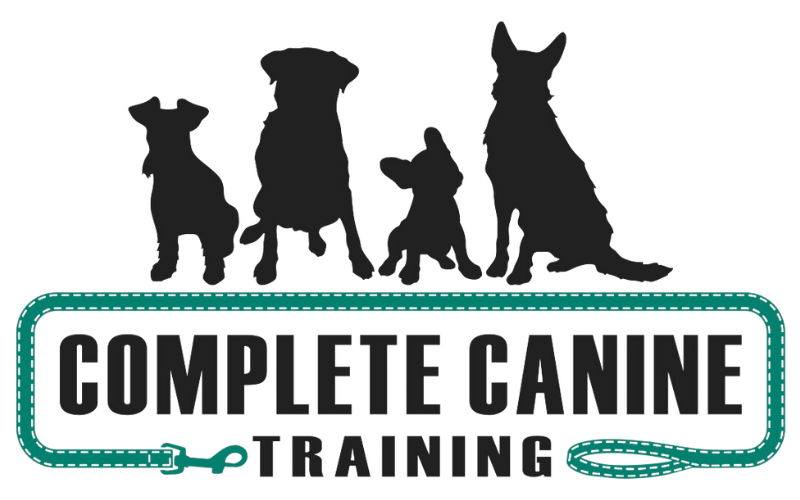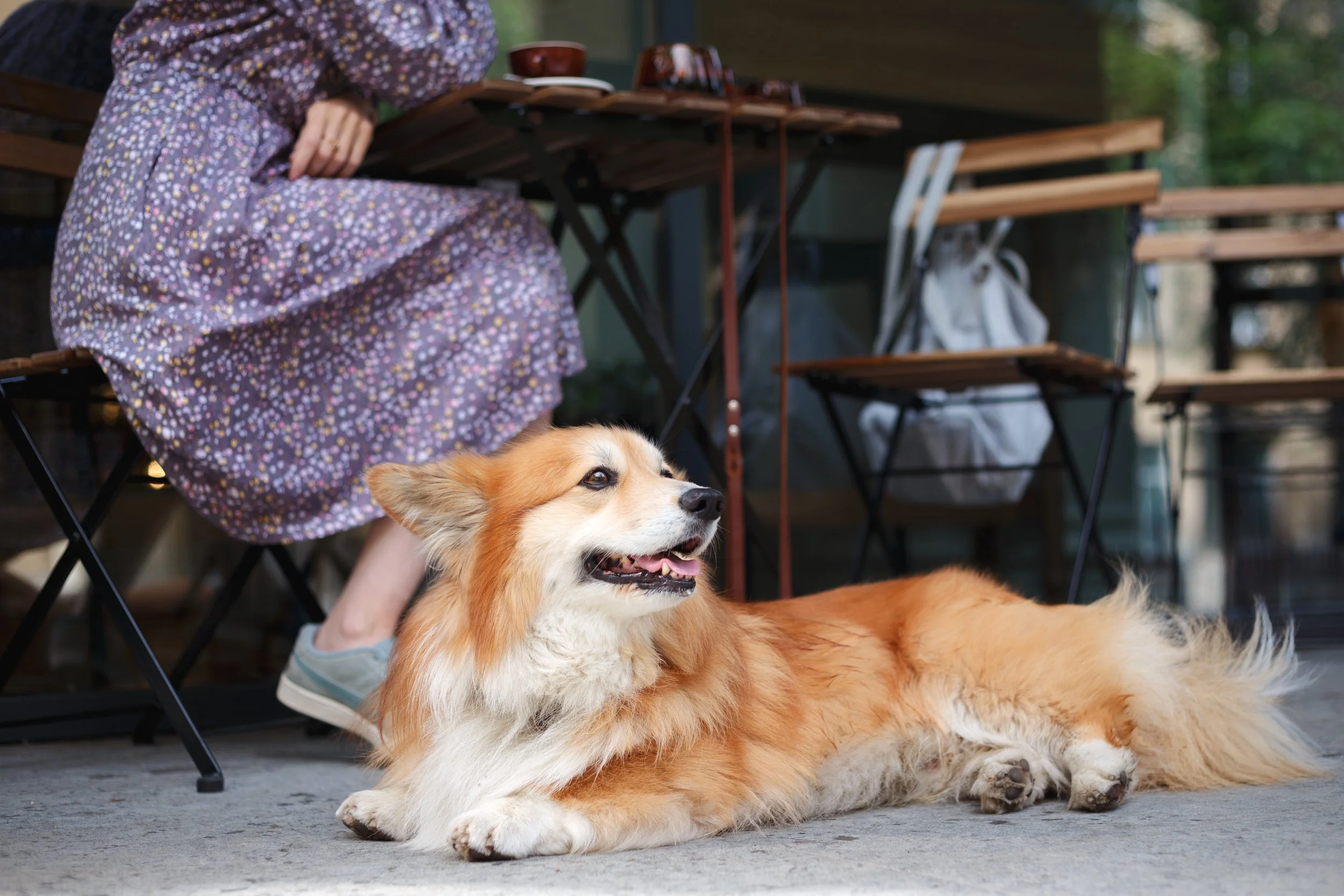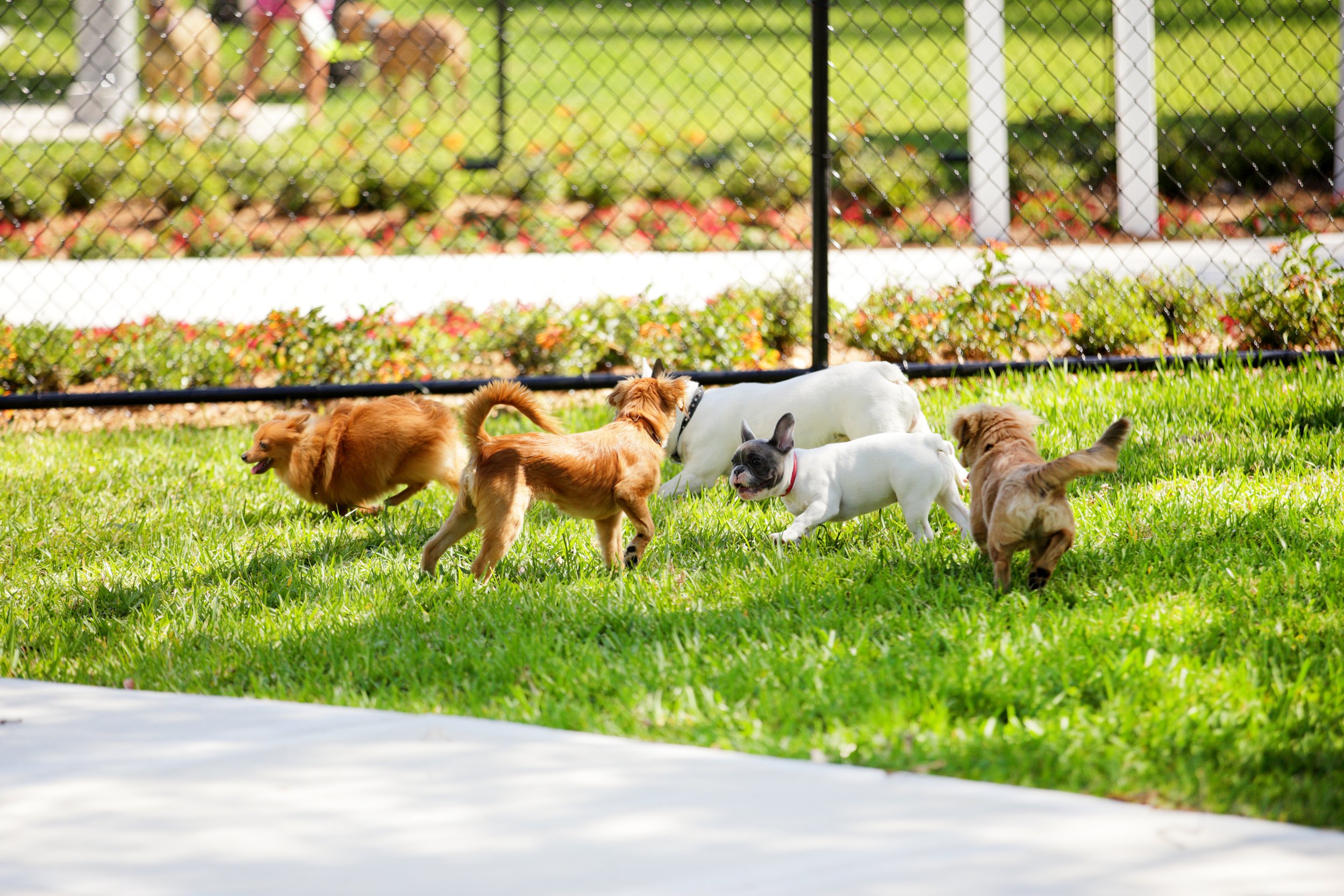Dogs don’t automatically generalize skills from your living room to the real world. The 3 D’s: Duration, Distance, and Distraction are the clarity controls you’ll use to proof any behavior so it holds up in new places, around new people, and with more challenge. Work one D at a time, in small, thoughtful increments, and your dog’s reliability and confidence will climb fast.
What are the 3 D’s of dog training?
Duration — how long your dog holds a behavior (e.g., sit, down, place, chin rest).
Distance — how far you are from your dog while they maintain the behavior.
Distraction — anything competing for your dog’s attention (sights, sounds, smells, motion).
Golden rule: Change only one D at a time. If your dog struggles, drop that D a notch, pay more frequently, and rebuild in smaller steps.
1. Duration: Hold the behavior longer
Start: short, easy reps (1–2 seconds), then grow gradually.
Keys to success:
Pay in position (reward while the dog is still holding).
Use a release word (“Free/Break”) so the dog doesn’t self-release.
Keep your voice neutral—don’t talk them out of position.
Common mistakes: Stretching time too quickly; moving your food hand like a release cue.
2. Distance: Step away without losing the behavior
Start: get a reliable 10–20s hold at 0–2 ft before backing up.
Keys to success:
Back up in inches, not yards. Take one step away, return to pay.
Vary angles and handler position (beside, behind, circling) to prevent “picture dependence.”
Use a long line outdoors for safety as range increases.
Pro tip: If your dog breaks when you turn your back, you raised two D’s (distance + a body-position distraction). Face your dog while adding distance first; add turns later.
3. Distraction: Compete with the real world
Start: a quiet room, then gradually add stimulation and new environments.
Keys to success:
Introduce predictable, mild distractions first (slow people), then add intensity (joggers, bikes, dogs at distance).
Work location ladders: living room → backyard → front yard → park → patio/store entrance.
Use short sets with breaks to keep enthusiasm high.
Example distraction ladder for movement-sensitive dogs: still objects → slow walkers → joggers → bikes → calm dogs at distance → playful dogs → squeaky toys → food on floor → wildlife.
Quick wins for common skills
Mat/Place Stay (home → patio): Build to 2-min down, 10–15 ft distance, low-to-moderate distractions.
Recall (long-line): Start easy indoors; then 20–30 ft outside with mild distractions; jackpot on arrival.
Loose-leash engagement: Stationary eye-contact holds → one step with slack → quiet-street strolls.
Cooperative care: 5–10s chin rest → move tools around → short, calm touches with rewards.
Troubleshooting
Falling apart suddenly? You probably raised two D’s at once. Lower one and pay more.
Breaking early on duration? Make reps shorter; reward more frequently in position.
Distance breaks when you turn away? Keep facing your dog while adding distance before you add body-position changes.
Struggling outdoors? Start farther from the action, shorten sessions, use higher-value rewards, and add decompression sniff breaks between sets.
FAQs
What order should I train the D’s in?
Start with Duration, then Distance, then Distraction—but always in small, single-D steps.
How do I know when to make it harder?
If your dog succeeds quickly three times in a row, increase that D by a small amount. If they fail once, step back and make it easier.
Can I blend D’s once my dog is good?
Yes—after your dog is solid on each D independently, blend them conservatively. When in doubt, lower one D and get some easy wins.
















